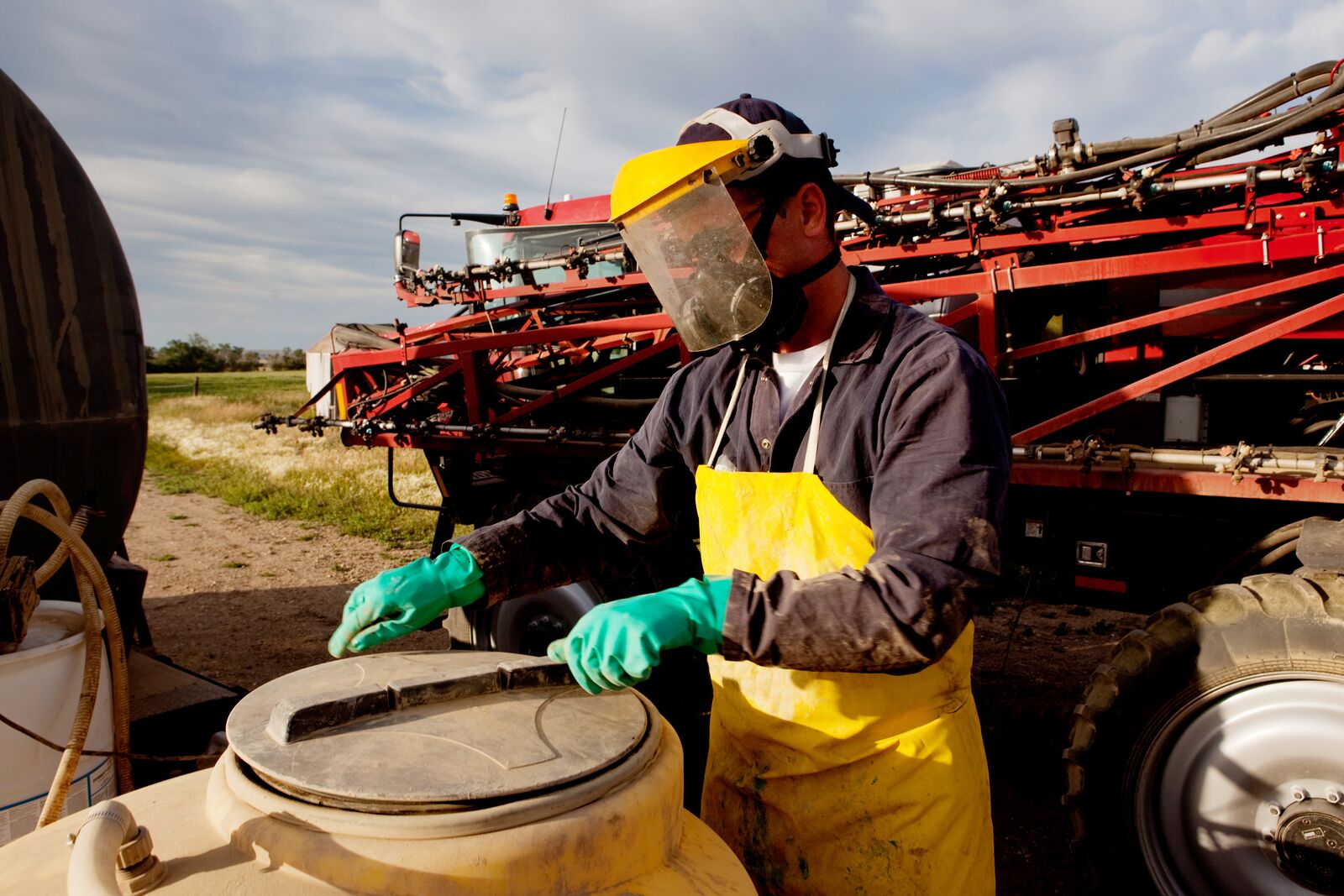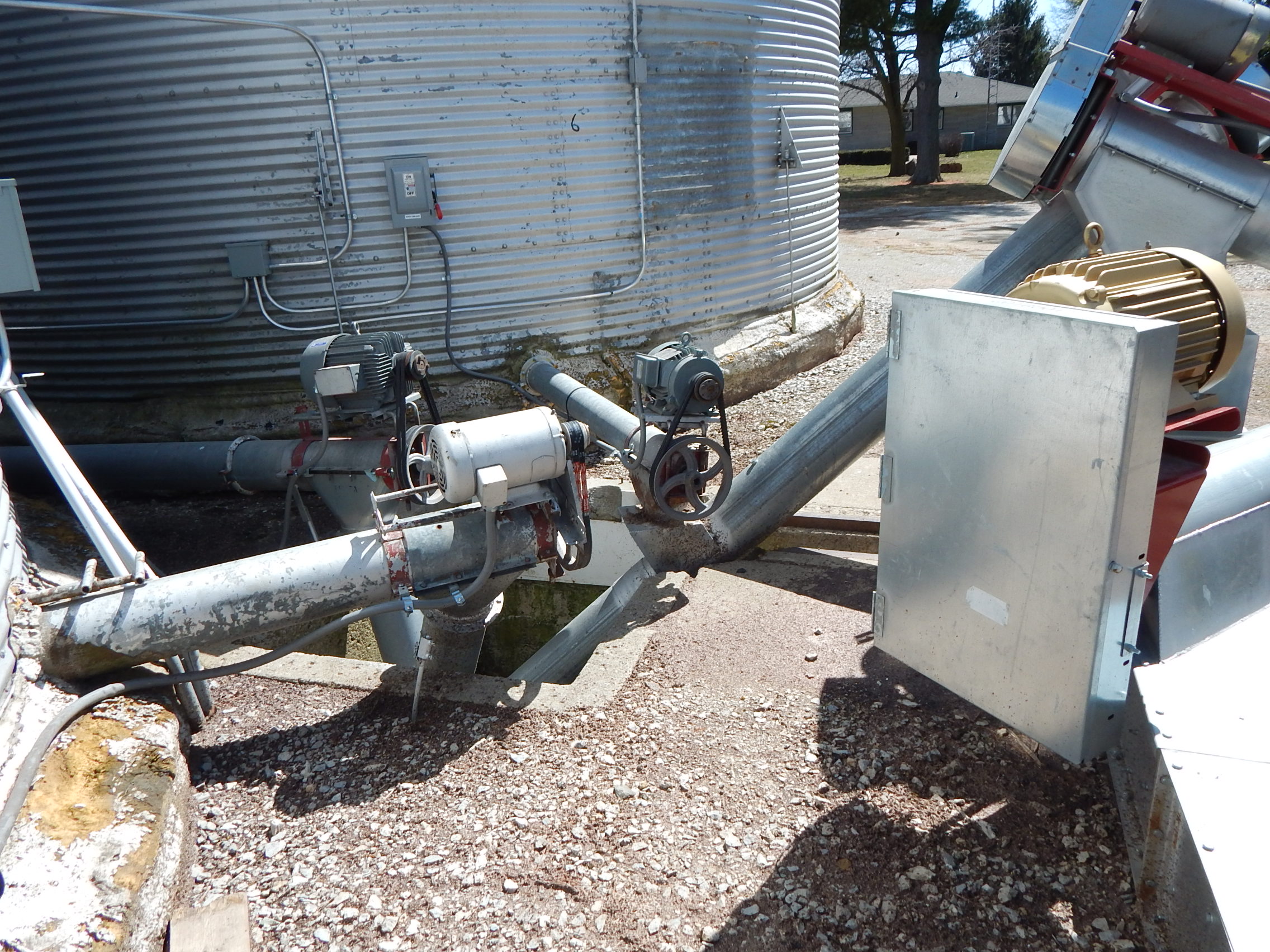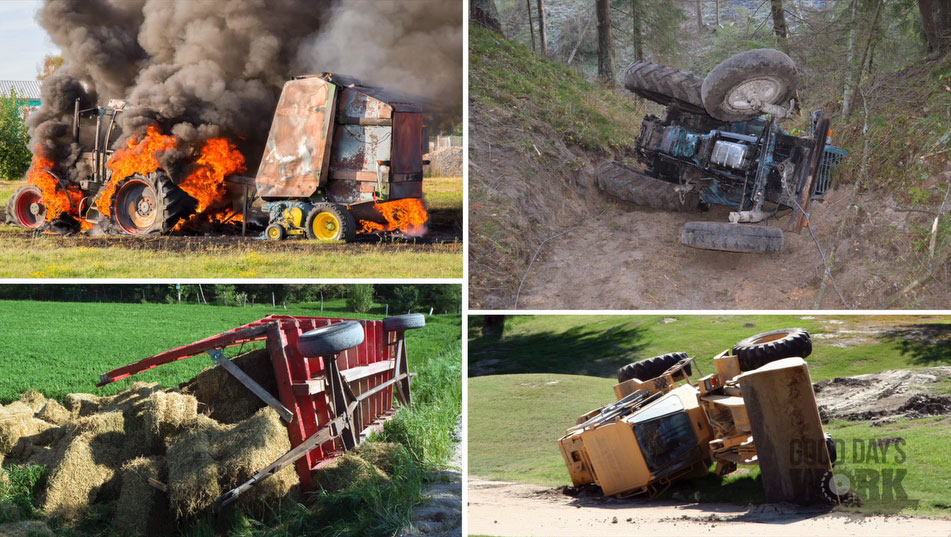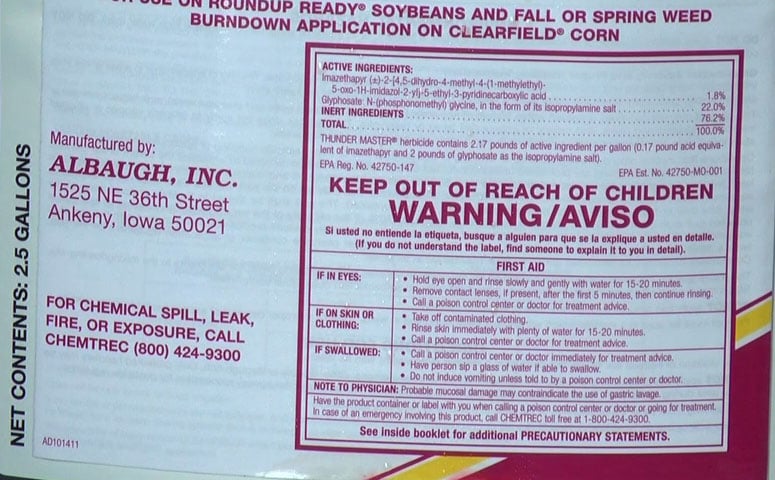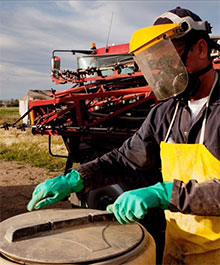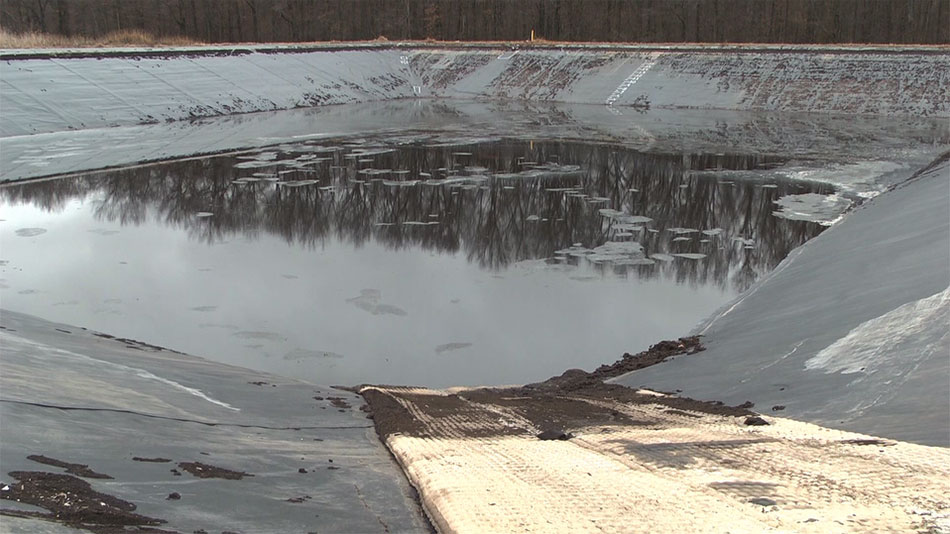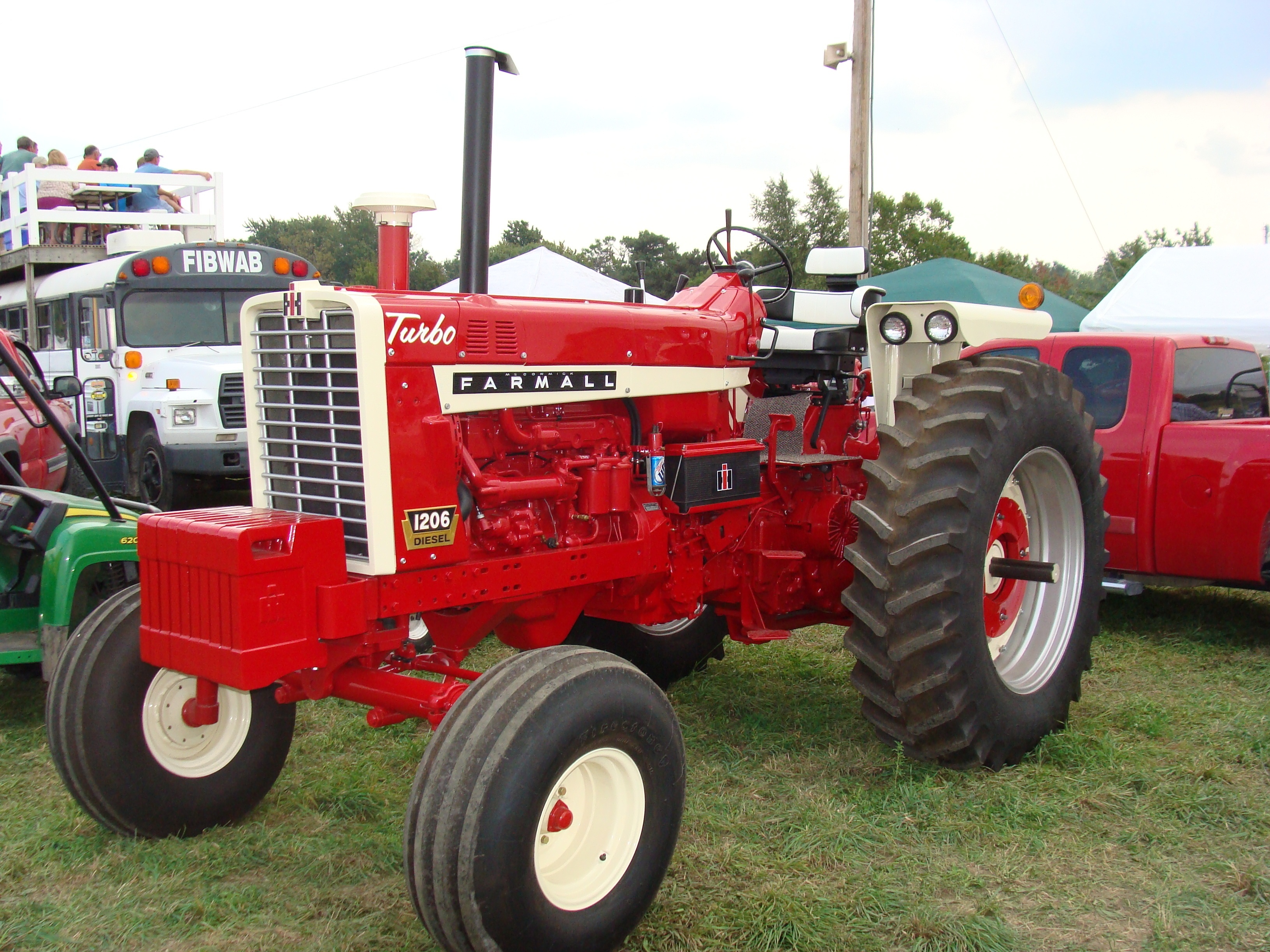Herbicide programs are changing from a single herbicide to a multiple herbicide mix for combating weed resistance. Multi-herbicide tank mixes require growers to be familiar with even more Safety Data Sheets (SDS) to understand all safety precautions involved. After assessing SDS sheets, plan ahead to assure you have plenty of personal protective equipment (PPE) "on hand" to get you through the season.
Good Day's Work
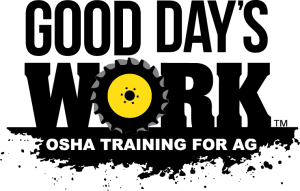
Recent Posts
HERBICIDE PROGRAMS ARE CHANGING-DID YOU PREPARE TO CHANGE WITH IT?
Topics: agriculture, chemicals, personal protective equipment (PPE)
Working in confined spaces is an unavoidable part of running many agriculture operations. Whether it be a manure pit, silo, grain bin, fertilizer tank, or another building, the nature of the structure presents a risk of death or significant injury due to suffocation or poisoning. We’ve all heard stories of those who have lost their lives from working inside a confined space – and too often the lives of their rescuers.
Topics: confined spaces, grain bins, agriculture
Spring is the ideal time to get out on a tractor and clear those ditches and pastures that grew up the previous year and that winter has left looking ratty. Here are a few things to consider before you get out there and start mowing.
Topics: rollover (ROPS)
ATVs are a valuable part of many ag operations. They provide an easy method of moving men and materials from one part of the operation to another. However, careless handling of an ATV can result in severe injuries or fatalities. Here are a few tips to reduce the chances that you, your family, or your employees are involved in a serious accident.
Topics: ATV
While those of us who run ag operations in colder climates are happy about the warmer temperatures that Spring brings, it’s a fact that the mud and rainfall of the season will make our working conditions more treacherous. The risk of slip, trip, and fall injuries increases significantly with the warmer weather – and not just because we can finally get back outside again.
Topics: slips/trips/falls
It’s not enough just to know what to do in the event of an emergency, or how to protect yourself while working in the field or around your operation. An important component of ag safety is knowledge and information. Clear and effective communication of the potential hazards of your operation goes a long way toward reducing or eliminating the risk of an accident.
Topics: hazard communication
We’ve talked about chemical safety before, but this is the time of year when many of us are applying anhydrous ammonia to our fields, using a wide variety of chemicals and handling thousands of pounds of seed, so here’s a brief refresher on safe handling of farm chemicals.
Spring is a busy time of year for agriculture operations. One of the first things we do is prepare our fields for the new growing season. In many cases this involves pumping manure to evacuate the pits and fertilize the soil. It’s a process many of us have performed multiple times, so it’s easy to understand how one could become complacent while working around these dangerous spaces. Let’s take a moment to examine some of the common hazards.
Topics: manure pit
Tractor Safety
Tractors are among the most used and valued pieces of equipment in agribusiness. Not only are they used every day, they can be used all day long by different workers. It may come to no surprise that tractors are the primary source for most agricultural related fatalities.
- Overturns
- Run-overs,
- Entanglements
- Highway Collisions
Accidents involving agricultural tractors kill approximately 250 people a year and are by far the leading cause of death and serious injury in agriculture. Rollovers account for over half of those fatalities annually. It is estimated that 95% of tractor fatalities could be avoided.
Complacency Overlooked
Topics: tractors
Hazardous Waste Operations and Emergency Response. Better known as HAZWOPER. If your operation works with hazardous materials, then this topic is crucial to your interests.
Topics: hazardous waste
